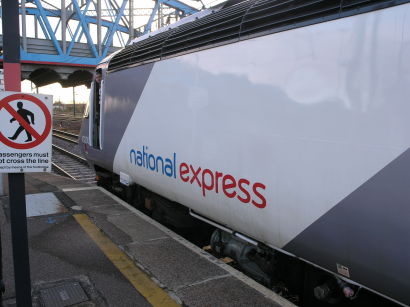Railnews Business Newsdesk
National Express is the second operator to default on East Coast in three years, and now observers are wondering what kind of financial return from the line the government can hope for in future.
When GNER failed in 2006, having contracted to pay premiums of £1.2 billion over ten years, the problem was attributed to exceptional factors, including the London bombings of 2005, which depressed traffic, and also the financial meltdown of GNER's owner Sea Containers. National Express was the winner of the competition to find a replacement, offering some £1.4 billion.
In fact, because the new franchise was to run for just under eight years, this total was a lot more than it looked, being equal to £500,000 a day, whereas GNER had contracted to pay £350,000. Again, such a level of premiums has proved to be too much, with the economic downturn prompting thousands of formerly full-fare premium passengers to downgrade.
From Saturday, East Coast will be run by a subsidiary of the DfT's Directly Operated Railways. The East Coast managing director is Karen Boswell, but DOR itself is being chaired by Elaine Holt.
The DfT has already said that profits from the route will go directly to the public purse, but we don't know whether the equivalent of a premium profile has been worked out -- in other words, whether East Coast will be expected to make payments at an agreed level, as many privately owned franchises do.
We've had one hint: Elaine Holt said a few days ago that the premiums, if that is the right word, will be "nothing like £180 million a year". So presumably they'll be less, and also presumably they will have to be published in due course.
The industry will be watching closely. It will want to see how the Government really values a rail franchise when it isn't merely the franchisor -- but franchisee as well.
As National Express bows out, what is East Coast worth now?
13th November 2009


